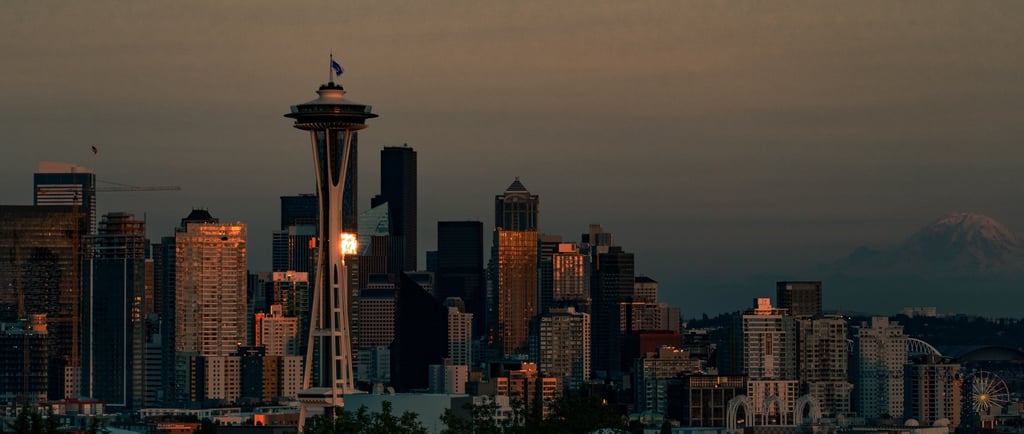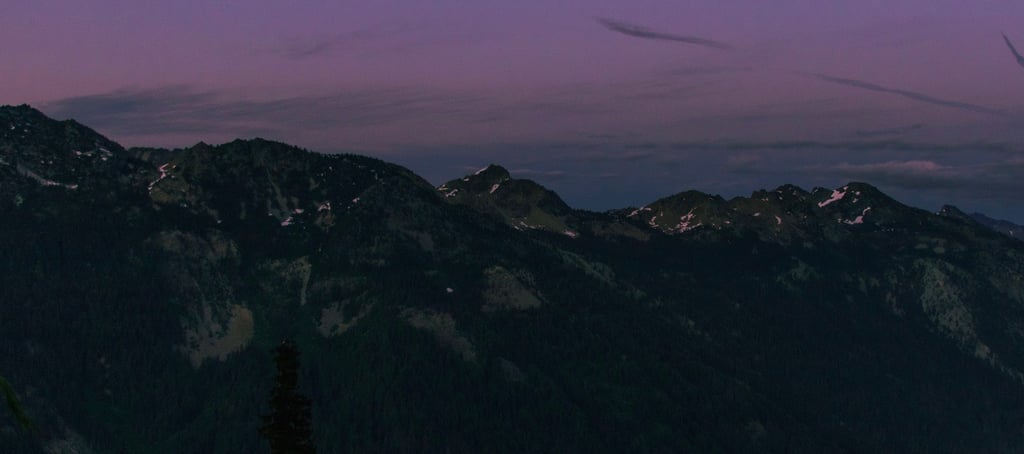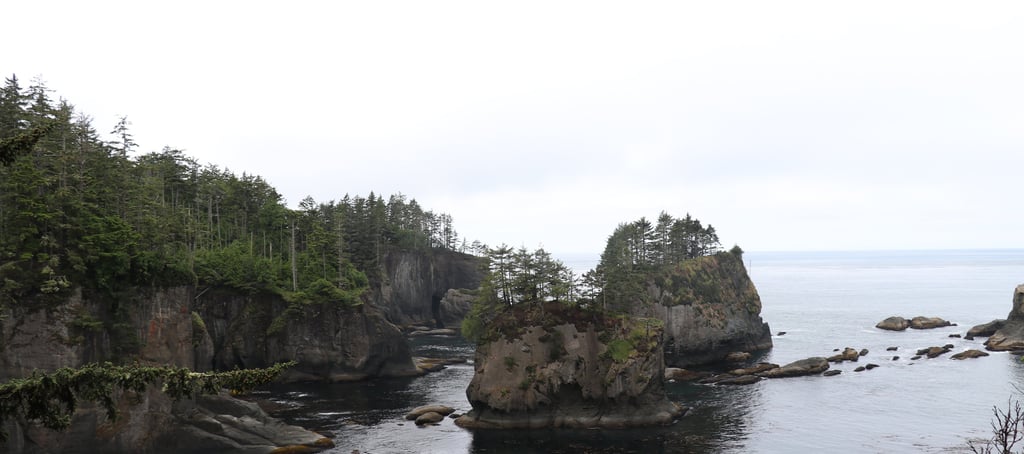Top Places to Visit in Washington State
TRAVEL


Seattle
Aside from coffee and food, Seattle has an abundance of sights and places to visit. With a number of parks, you can see a variety of views of the city and Pudget Sound. My personal favorites are the Gas Works Park and Kerry Park. They both provide an amazing view of the Seattle skyline at any time of the day. The University of Washington is another amazing place to visit, as it is a beautiful campus. I would also recommend taking a stroll through the Arboretum found on campus. Be sure to check out the Space Needle for an amazing aerial view of the city, and just to the side of that is the MoPOP, which is a really great and interactive museum.
Mount Rainier National Park
There are a number of trails with stunning views of the mountain and the neighboring areas of the park. Sprawling wildflower meadows can be found surrounding the base of the mountain in the summer months; the Paradise area being one of the best places in the park to find these views. Depending on what you are planning to do in the park, you may need to obtain a permit or make a reservation. You can view what permits or reservations you may need to get ahead of time on nps.gov.
Olympic National Park
Two rainforests- the Hoh and Quinault Rainforest- can be found on the western side of the park, and are considered to be the wettest areas of the continental United States experiencing over twelve feet of rainfall a year. The rainforest is beautifully covered in vibrant green fauna, and is a pleasure to walk through. Mount Olympus, the tallest peak in the Olympic mountains, is located in the middle of the park, and is heavily covered in glaciers at its summit. Trails of all lengths and difficulties can be found within all areas of the park. To learn information on what permits and reservations are needed for overnight stay in the park, visit recreation.gov.
Alpine Lakes Wilderness
The Alpine Lakes Wilderness is a protected wilderness area within the Cascade range located in Central Washington. The area also falls within the Wenatchee and Snoqualmie National Forest. It consists of rugged landscapes like ridged peaks and deep glacial valleys. Perhaps most known for its lakes, the wilderness area consists of over 700 alpine lakes. The lakes are glacier made, and can be found all over the ridges and peaks throughout the area.
This area is a backpackers paradise. The many trails throughout rugged terrain provide one with stunning views of the jagged peaks and blue glacier lakes in the over 400,000 acre area. The famous Pacific Crest Trail also has a significant portion that runs through the area. It should be said that this is an area to be explored by experienced backpackers only. The trails and terrain are difficult to traverse and can be complicated to navigate at times. Due to the area's remoteness, it makes it a dangerous place to experience any type of injury or safety issue. Having said that, there are a few permits and regulations you should know about before visiting, and can be found on fs.usda.gov. I would also recommend searching “Alpine Lakes Wilderness” on youtube before traveling there yourself. The many videos will help you become more familiar with the area, and provide you with great tips and recommendations.
Cape Flattery
At the furthest northwestern part of the contiguous United States, is the blue waters and carved rocks of Cape Flattery. The cape rests on the Makah Reservation of the Makah Tribe; just north of Olympic National Park. It also sits at the crossroad of the Pacific Ocean and the Strait of Juan de Fuca. Just north of the cape is Tatoosh Island, where the Cape Flattery Lighthouse is located. The lighthouse can easily be seen from the cape.
The Cape Flattery Trail is a little over a mile round trip. You can purchase your parking pass at the nearby town Neah Bay before arriving to the area. Once you get past the trailhead, a boardwalk will lead you all the way down to the cape. I would recommend bringing binoculars, as you could potentially see a few different types of sea life like whales, killer whales, puffins, and seals. The end of the boardwalk opens up to the cape's stunning views. Large rocks are scattered throughout the cape covered in trees and moss, and the cool breeze of the Pacific makes the place feel alive. It's amazing to see how thousands of years of crashing water has created the unique looks of these rocks.









